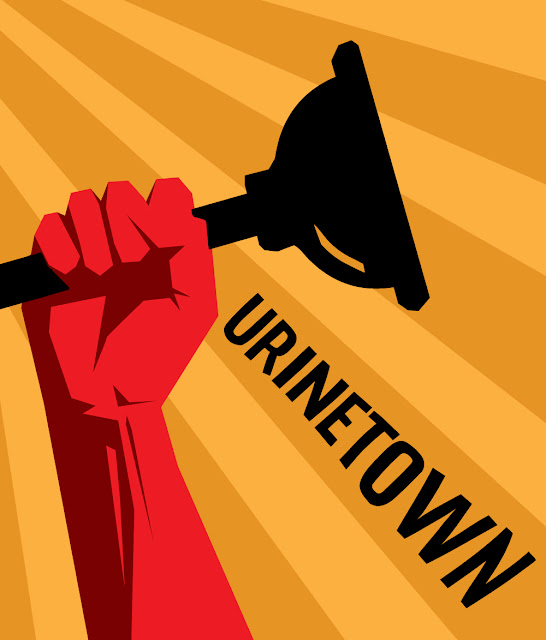Public Utilities in the U.S. and Charleston
History of Public Utilities in the U.S.
Public Utilities
Public
utilities are services such as water, electricity, sewage, and natural gas that
are provided by a utility company and these companies can either be publicly
controlled and regulated or privately owned. Privately owned public utility
companies are regulated and monitored by a public utilities commission, a
governmental agency. Publicly owned utilities can be municipal or cooperative.
Municipal utilities can serve whole cities and surrounding areas or even just a
small part of the city. Cooperative utilities are typically in rural areas and
owned by the customers it serves. Publicly owned utilities are typically
non-profit and private owned utilities are typically for-profit.
Public Utilities in the US (and its Problems)
Public
utilities have often been susceptible to monopolies, cyclical patterns of
regulation and de-regulation, and corruption. Those executing the creation of
monopolies argued that public utilities like electricity were a ‘natural
monopoly’ because of the expense of investment and upkeep of multiple power
plants, when one could do the same job alone. This led to government
involvement to curb the monopolies power, wherein government regulators can get
too involved in the special interests of the industry they regulate. Corruption
in public utilities is often political in nature. In order to keep their rates
high, public utility companies could pay off politicians so that they wouldn’t
try and curb their profits. Regardless of how utilities are regulated, whether
by municipal ownership, regulatory commissions or otherwise, each is open to
controversy.
Monopolies
were tackled particularly during President Franklin Roosevelt’s time. Under
him, Congress passed the Public Utility Holding Company Act, which helped
decrease the number of utility holding companies, and the Federal Power Act of
1935, which gave the Federal Power Commission regulatory power over electric
power. He also created the Rural Electrification Association in 1935 as part of
the New Deal to distribute utilities in rural areas.
Regulation
and de-regulation in public utilities is cyclical in nature. In the 20th
century public utilities went through long stretches of increased regulation
only to be followed by another long stretch of de-regulation. In the 20’s and
30’s regulation increased by FDR, but regulation was undone in the 80’s/90’s by
President George H.W. Bush.

Comments
Post a Comment